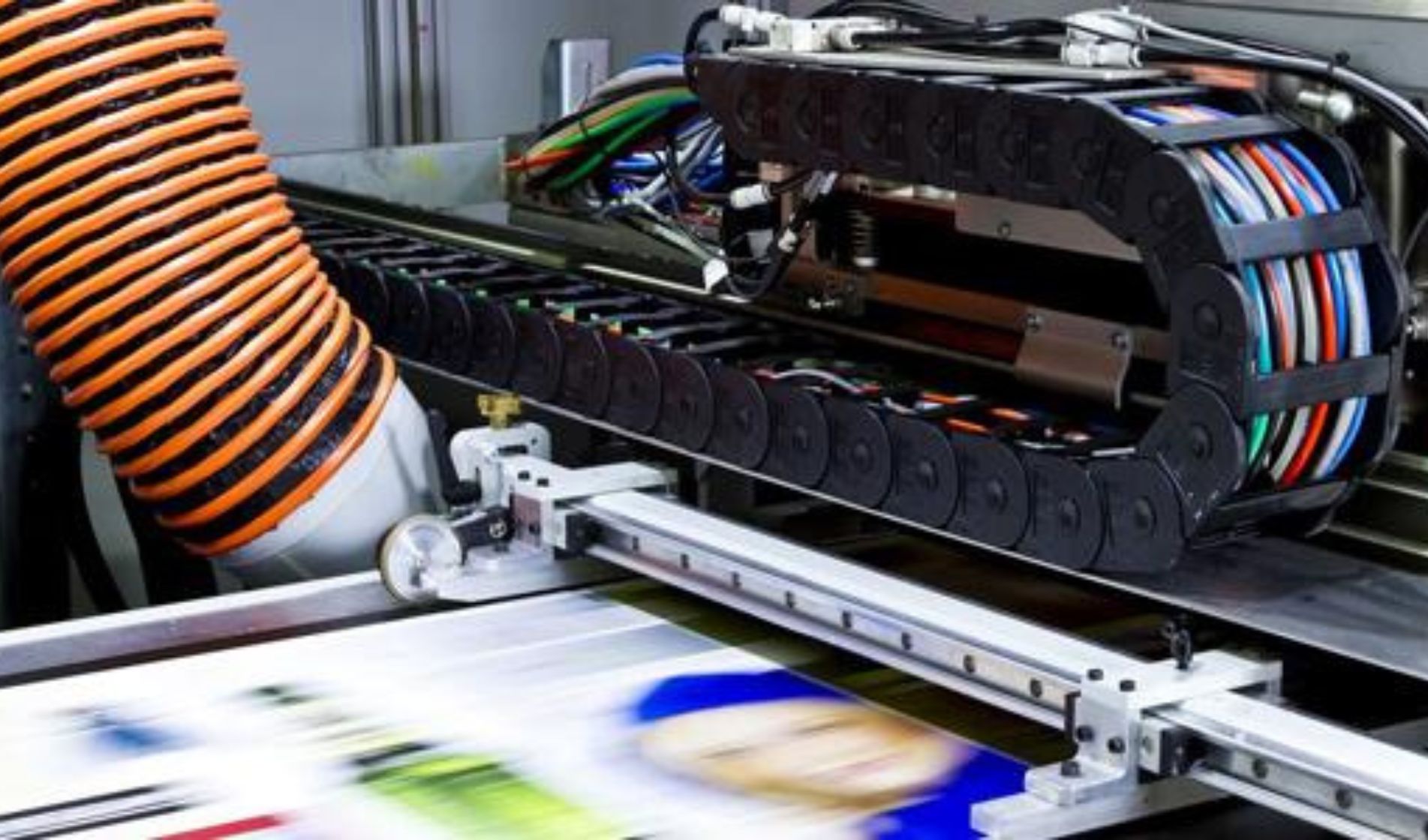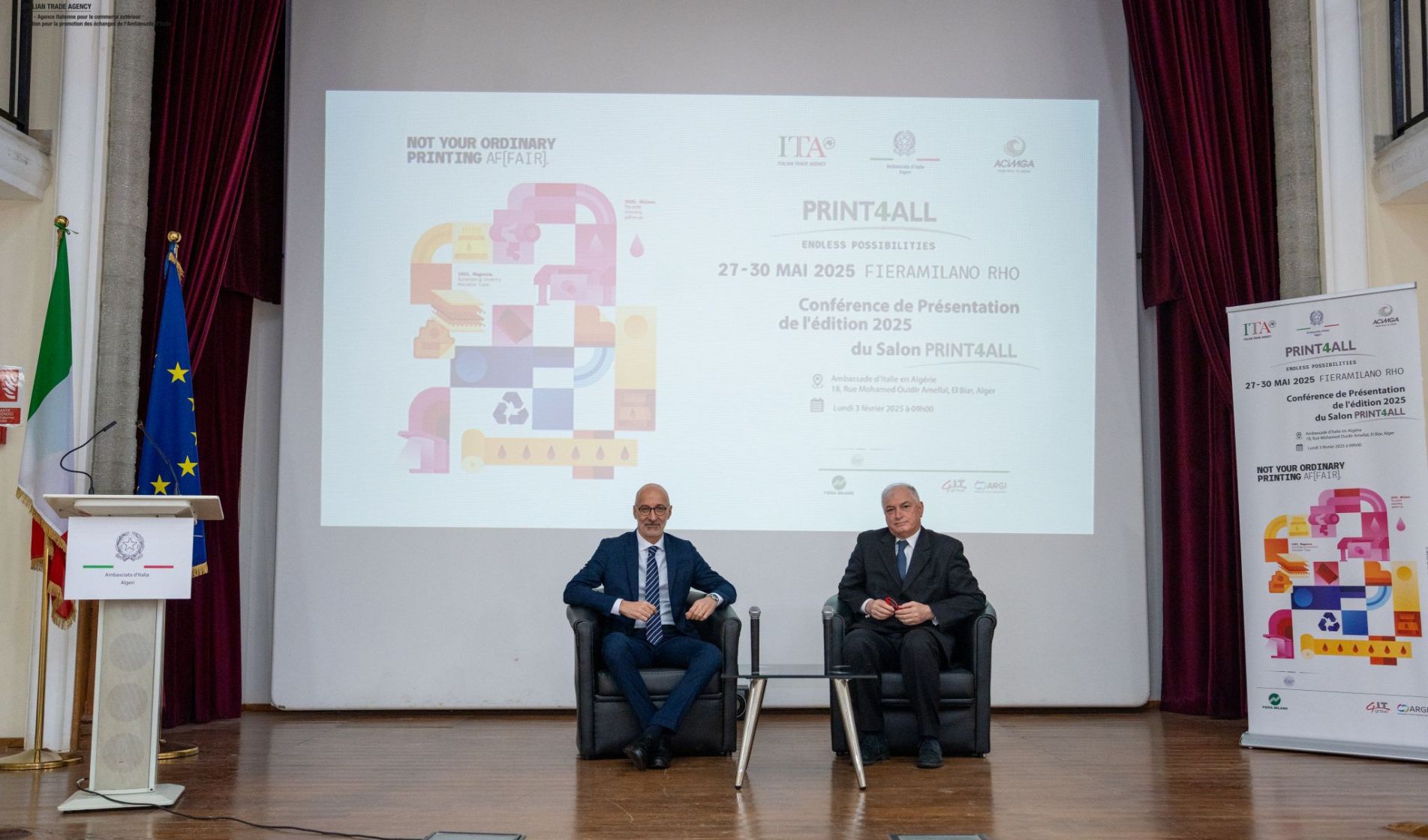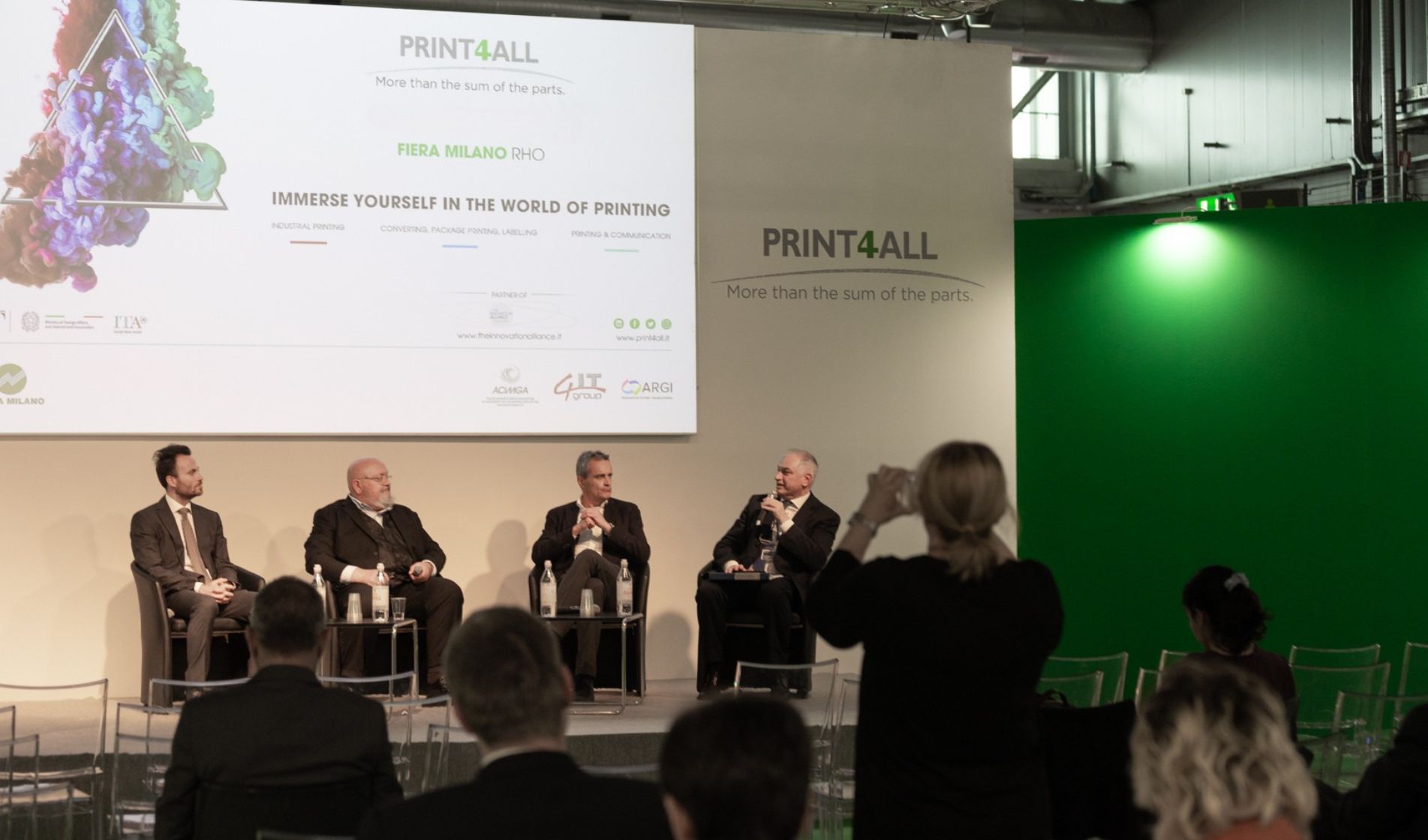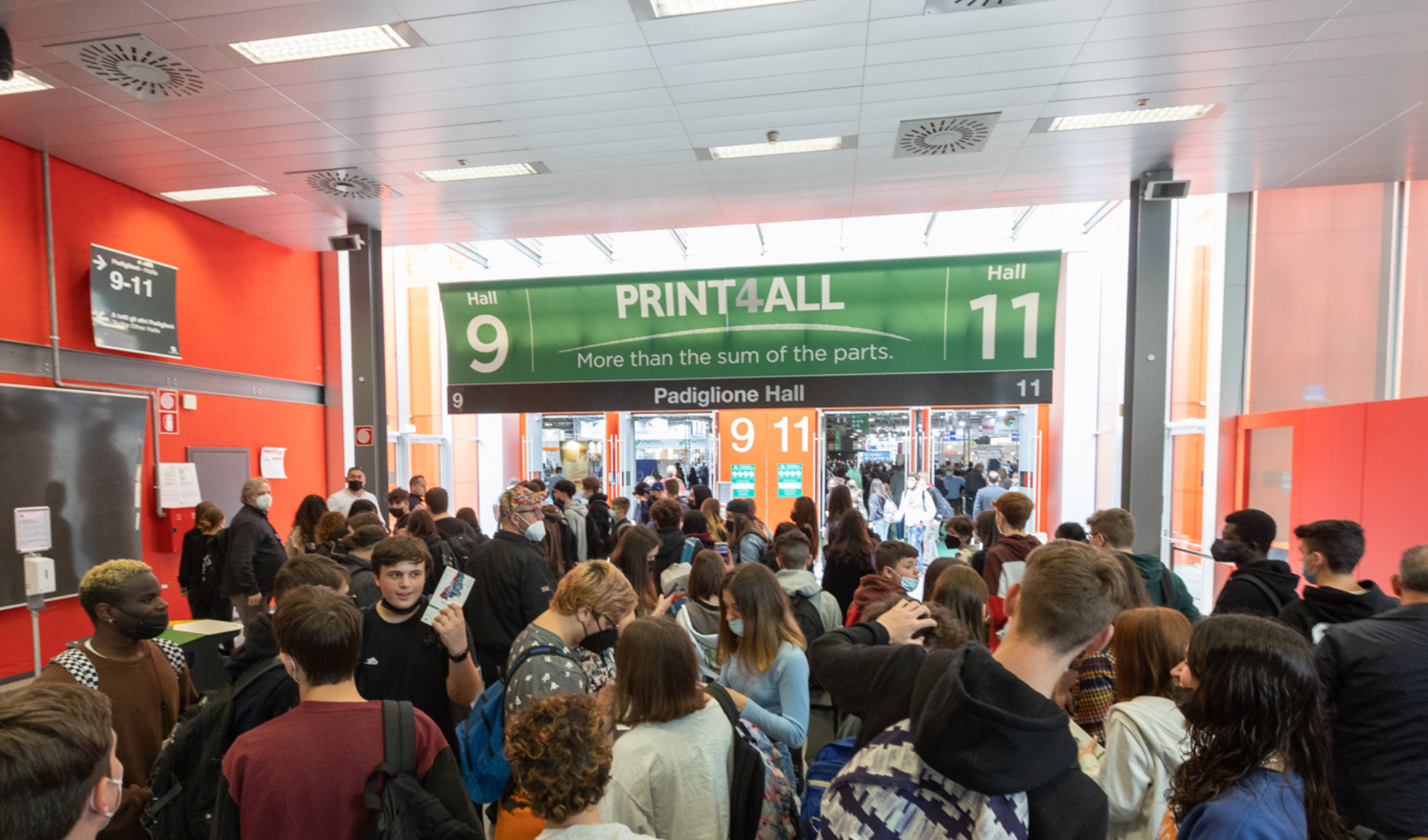The Packaging and Packaging Waste Regulation (PPWR), which as part of the European Green Deal is part of the so-called “second circular economy package”, has three main objectives:
- prevent the generation of packaging waste, reduce its quantity, restrict unnecessary packaging and promote reusable and refillable packaging solutions;
- promote high-quality, closed-loop recycling, making all packaging on the European market recyclable in an economically sustainable way by 2030;
- reduce the need for primary natural resources and create a well-functioning market for secondary raw materials by increasing the use of recycled plastics in packaging through binding targets.
The positive aspect of regulatory uniformity provided by the Regulation is contrasted by the lack of possibility of varying national implementation. In terms of regulatory sources, there is concern about the inconsistency that would result between a Waste Directive, implemented in its own way by each individual country, and a single regulation, which regulates only one (albeit relevant) of the waste-producing flows (that of packaging).
This is one of the first remarks that trade associations dealing with packaging have made since the beginning. These include the Italian Paper and Graphics Federation, which has in recent months repeatedly highlighted the most controversial elements of this regulation to national and European companies and institutions.
In summary, the three macro areas of objection are as follows:
- the implementation of drastic measures to reduce packaging by -15% in 2040 (-5% in 2030, -10% in 2035). The EU is setting strict objectives for the overall reduction of packaging that seem to ignore an accurate study of the real reasons for the increase in packaging (lifestyles, e-commerce, the functionality of packaging in facilitating logistics and ensuring hygiene, safety, food waste protection, etc.), but also the materials from which this packaging is made;
- the definition of recycling targets (from 30% to 95% in 2040 for beverages, 75% for food take-away and fast food, 80% transport packaging), together with the regulations against extra packaging, appears to be the way to reduce packaging. There is no doubt that, in the waste management hierarchy, recycling is preferable to reuse: but it seems questionable to push for the former regardless of precise analyses (LCA or LCC) on impact assessments, on the real economic and environmental sustainability of reuse versus recycling. The importance of the scientific approach is reaffirmed by a comparative study conducted by EPPA (European Paper Packaging Alliance) on certain types of disposable packages made of paper for food take-away, which shows that switching to reusable alternatives has energy and emission disadvantages rather than advantages.
- the negative list of banned or deemed non-recyclable packaging immediate ban for certain types (plastic or composite packaging for fresh fruit and vegetables, food and beverages in Horeca) and as of 2030, for packaging deemed non-recyclable (paper base with non-separable plastic; barrier/coatings). The definition of recyclability introduced by the Regulation explains that packaging is to be considered recyclable only if there is an effective industrial sorting and recycling system.
The scenario is very alarming for the industry: 700 thousand companies may be affected in Italy alone, impacting 6.3 million employees and a turnover of 1,850 billion euro. TheItalian newspaper Il Sole24Ore traces this from data provided by Conai, the National Packaging Consortium, to which practically all companies affected by the regulation are associated. Confindustria's reaction was also clear, confirming the need to postpone the presentation of the proposed regulation in order to have time to understand the impact on several Italian and European supply chains and on a system of excellence such as the recycling industry.
Confindustria's initiative has also already been acknowledged by the government, which has been made aware of the need to safeguard the interests of our country, a leader in the circular economy, an excellent manufacturer of packaging and related technology, and an exporter of Italian-made food and non-food products throughout the world. The issue is a matter of great concern for the entire European industry, with strong and immediate reactions from associations in both the paper and packaging industries.
This is the situation to date, with the entire industrial scene called upon to induce the European institutions to make more appropriate and conscious choices, of which a timely update will be provided. At stake is the future of the European industry, with heavy repercussions on the Italian industry in particular and not limited to the paper and packaging industry.






.jpg)
